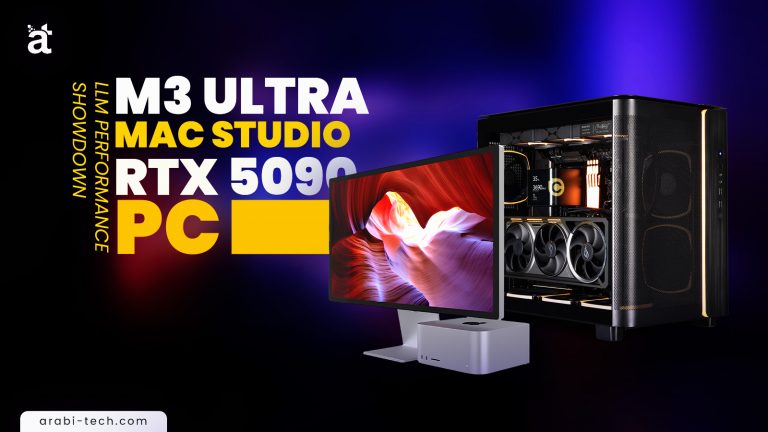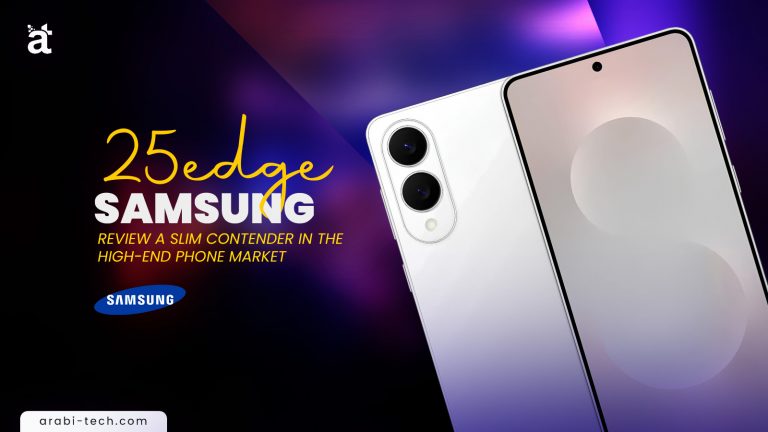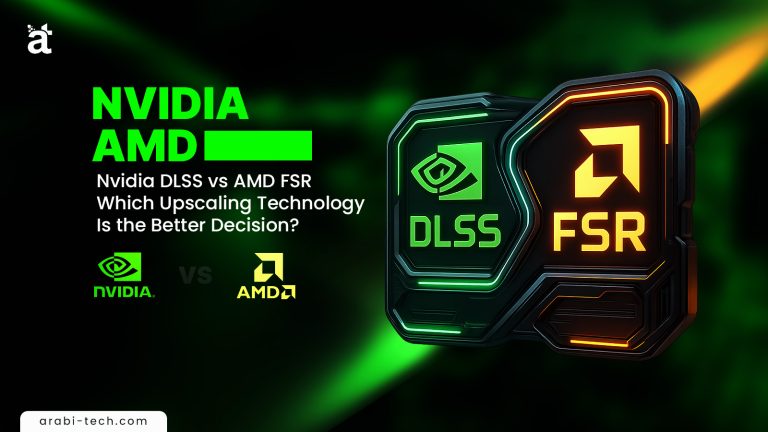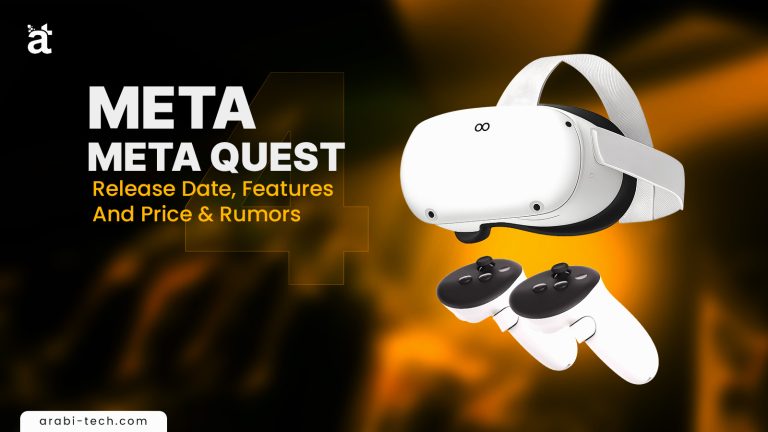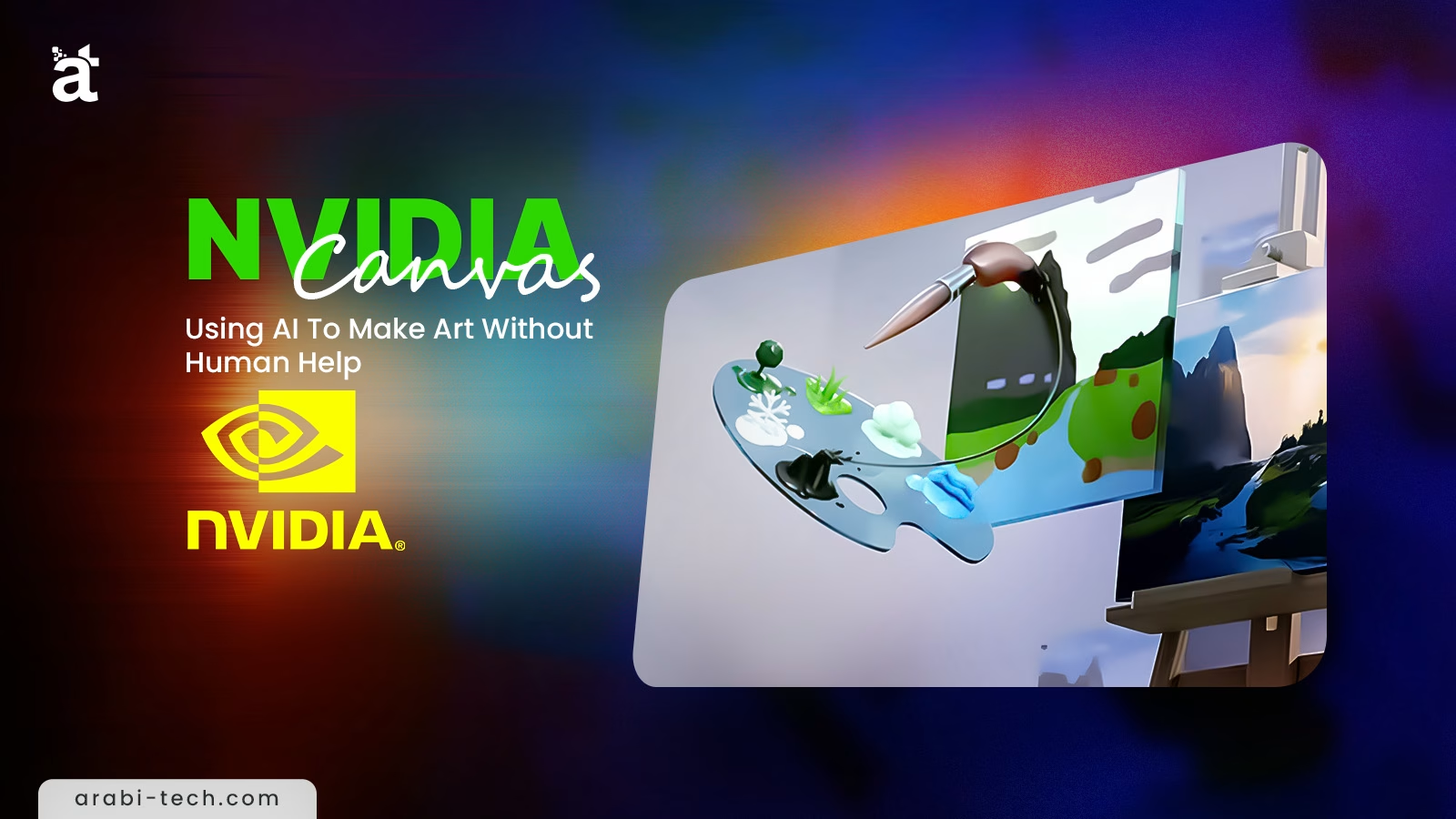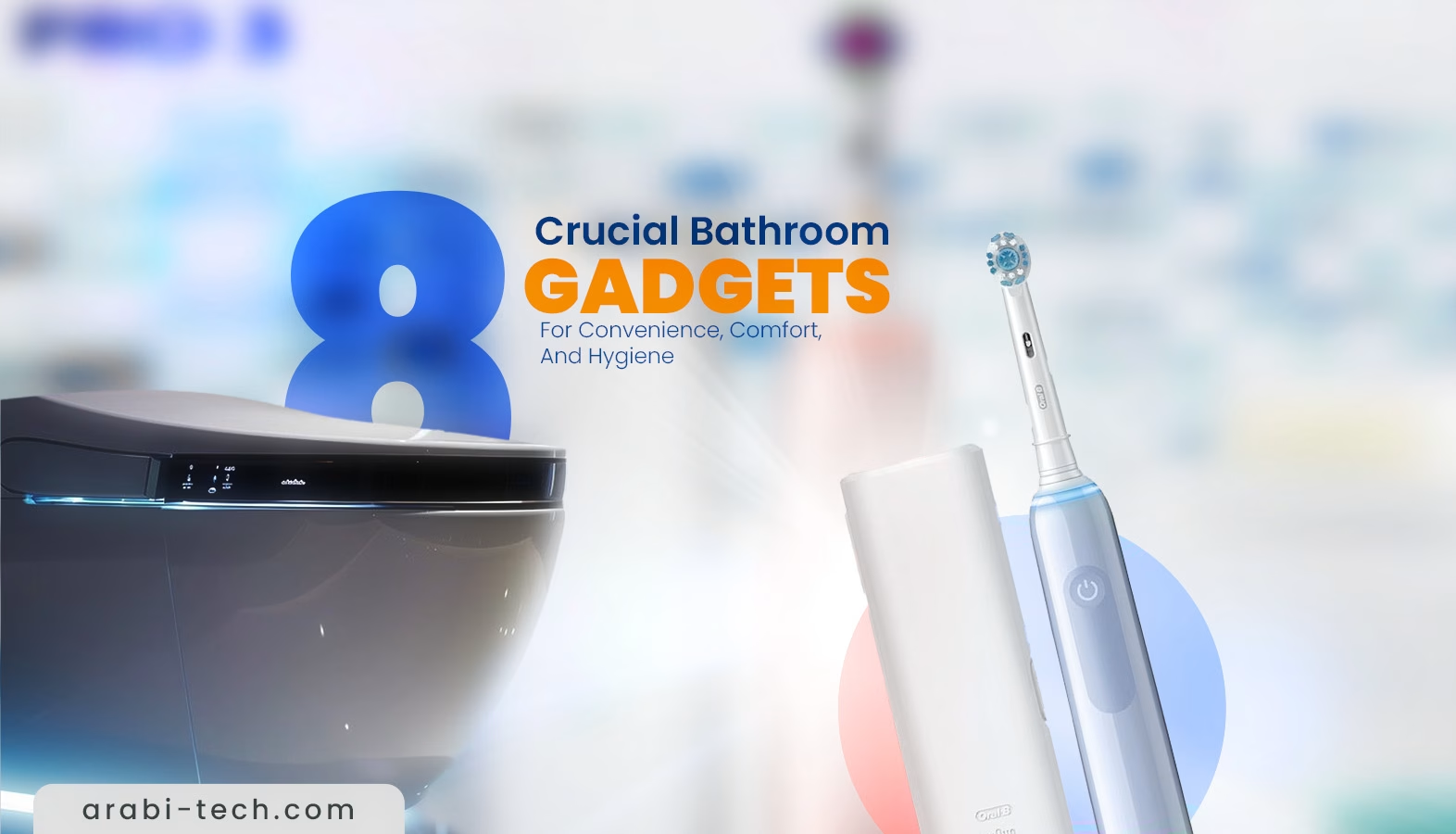
ASUS ROG Strix SCAR 18 (2025): A Gaming Laptop Powerhouse Detailed
It’s been some time since new laptops were examined, leading to an exploration of what is presented as one of the most aggressive and powerful options currently on the market: the ASUS ROG Strix SCAR 18 (2025). This device aims to be the most expensive, most formidable, and strongest laptop available. Let’s delve into its capabilities.
Audio article :
Table of Contents
Understanding its Gaming Focus and Physicality
The first thing to note, evident from its branding, is that this product belongs to the gaming category. It is not primarily intended for professional design work or as a portable solution for university students.
This device is notably large. Its dimensions are such that it does not fit into a standard backpack; a specialized bag is required because most typical bags cannot accommodate its depth of 30cm and width of 40cm.
Furthermore, its weight is substantial at 3.3 kg. This is considerably heavy, almost double the weight of some other laptops. Interestingly, this weight is despite efforts to lighten the device. The entire body of the laptop is constructed from plastic. When closed, the laptop’s exterior is covered with a matte plastic layer, not glossy, which has an aesthetically pleasing look. However, this material covers the entire laptop, so even the palm rest area is made of the same plastic. This material tends to absorb natural skin oils, leading to noticeable marks.
Despite this, the material choice is not necessarily a drawback, as the device is aimed at the gaming market, not business professionals. A clear indicator of its gaming pedigree is the ROG logo on the back when the laptop is closed. This logo is RGB-illuminated, lighting up upon startup and capable of cycling through various colors, controllable via software. Additionally, ASUS has implemented a feature similar to that on Zephyrus laptops: a display strip running across the back from corner to corner, containing over 810 LED lights. This strip functions as a pixel display, capable of showing text, logos, GIFs, or other custom content selected through software. Animations can also be triggered based on the laptop’s status (e.g., in-game or out-of-game), or it can be turned off entirely.
ASUS ROG Strix SCAR 18 -Detailed Summary
| Feature / Category | Specification / Detail | Observation / Implication |
|---|---|---|
| Branding & Focus | ASUS ROG Strix – Gaming Category | Not for professional design or general university use. Primarily for gaming. |
| Dimensions | 30cm (Depth) x 40cm (Width) | Notably large, requires specialized bag. Does not fit standard backpacks. |
| Weight | 3.3 kg | Considerably heavy, almost double some other laptops. Less portable. |
| Build Material | Entire body made of matte plastic. | Aesthetically pleasing look. Tends to absorb skin oils, leading to marks. Acceptable for gaming focus. |
| Aesthetics | RGB-illuminated ROG logo on back. Rear LED strip (810+ LEDs) for pixel display (text, GIFs, animations). | Strong gaming aesthetic, customizable lighting. |
| Connectivity (Left) | Proprietary charging, RJ45 (2.5 Gbps), HDMI 2.1, 1x USB-A (10 Gbps), 2x USB-C (Thunderbolt 5), 3.5mm audio jack. | Excellent and versatile. Thunderbolt 5 (up to 120 Gbps) is cutting-edge. |
| Connectivity (Right) | 2x USB-A (10 Gbps). | Good number of additional high-speed USB-A ports. |
| Keyboard | Full-size with numpad, supplementary macro keys. Good tactile feel, adequate spacing. RGB backlighting. | Spacious and comfortable for typing and gaming. Customizable. |
| Hinge | Recessed, emerges on lift. Requires two hands to open. Very stable and sturdy. Does not rotate 180°. | Excellent stability for its size and weight. |
| Audio System | Speakers under the hinge, directed towards user. | Sound can be muffled, lacks significant bass. A missed opportunity for a laptop of this size. Passable, not ideal for immersive experiences. |
| Webcam & Mics | Excellent video quality. Very good microphones. IR sensor for Windows Hello. | Well-suited for Discord, streaming, and video calls. |
| Display | 18-inch, 16:10, QHD+ (2560×1600 implied), 240Hz Refresh Rate. | Large, tall, high resolution, and very smooth refresh rate. |
| Display Technology | Mini-LED with 2000+ local dimming zones. Up to 1200 nits brightness. | Exceptional contrast (deep blacks), high brightness. Excellent for HDR. |
| Display Color & Finish | 100% DCI-P3 color gamut. Matte (non-glossy) finish. MUX Switch. | High color accuracy. Matte finish significantly reduces reflections. MUX switch for GPU optimization. |
| Processor (CPU) | Intel Core Ultra 9 275HX (24 cores: 8P+16E, up to 5.4 GHz, up to 160W). | Top-tier Intel laptop processor, extremely powerful. |
| Graphics (GPU) | NVIDIA GeForce RTX 5080 (16GB VRAM) or RTX 5090 (24GB GDDR7 VRAM) – Laptop versions. | Highest-end mobile GPUs, comparable to previous-gen desktop RTX 4090. |
| RAM & Storage | Up to 64GB RAM. Up to 4TB SSD (Gen 5, RAID 0). | Massive amounts of fast RAM and storage. RAID 0 for extreme speeds (up to 20 GB/s). |
| Upgradability | Easy back cover removal (one button). Direct access to RAM (2 slots) and SSDs (2 slots). | Remarkably easy to upgrade components. |
| Battery | 90Wh. | Limited endurance due to high-power components (CPU 160W, GPU ~175W). Designed for plugged-in use for peak performance. |
| CPU Benchmarks (Ultra 9 275HX) | GeekBench 6: SC 2065, MC 22662. Cinebench R23: SC 134, MC 1903. 7Zip: Comp 143, Decomp 169. Blender (Monster): 209. |
Generally outperforms or is highly competitive with other top mobile CPUs, especially strong in multi-core. Ryzen 9 7945HX3D better in 7Zip Decomp & some Blender. |
| GPU Benchmarks (RTX 5090 Laptop) | V-Ray: CUDA 4975, RTX 8390. 3DMark: TimeSpyExt 11530, FireStrExt 25570. Unigine: Heaven 7383, Superposition 8K 7606. Blender (Monster): 3807. |
Significant (15-30%+, sometimes much more in V-Ray RTX) performance uplift over RTX 4090 Laptop GPU. |
| Gaming Performance (RTX 5090) | Cyberpunk (QHD+): 109 FPS. SotTR (QHD+): 190 FPS. Far Cry 6 (QHD+): 117 FPS (slower than 4090+X3D). Horizon ZD (QHD+): 165 FPS. R6 Siege (QHD+): 362 FPS. F1 2023 (QHD+): 188 FPS (strong lead). Dirt 5 (QHD+): 135 FPS (slower than 4090 in G16). |
Generally very high FPS. Some inconsistencies vs. previous gen, possibly due to early drivers/BIOS. |
| Thermal Performance | GPU ~60°C. CPU frequently hits 100°C (thermal throttling). | Advanced cooling (vapor chamber, 3 fans, liquid metal) struggles with CPU heat. New Intel process still shows thermal challenges at high power. |
| Pricing (USD) | RTX 5080 (32GB/2TB): ~$4,499. RTX 5090 (64GB/2TB): ~$5,499. |
Extremely expensive, ultra-premium category. |
| Target Audience | Users needing RTX 5090-class portable power (scientific, academic, engineering). AI professionals (NPU + GPU). | Niche market. Not for average gamers due to price and weight. |
| Overall Conclusion | A “beast” for specialized tasks. Technological showcase. | High price, CPU thermal issues, and early software quirks are key considerations. Unique for those needing peak mobile power for demanding professional/AI workloads. |
Connectivity and Ports
Regarding connectivity, the left side houses the proprietary charging port, an RJ45 port (2.5 Gbps LAN speed), an HDMI 2.1 port (suitable for high-refresh-rate external monitors), and one USB Type-A port (10 Gbps). Additionally, there are two USB-C ports, both of which are Thunderbolt 5.
Thunderbolt 5 ports are capable of speeds up to 120 Gbps, a significant increase over the 10 Gbps of a standard USB-A port. This high bandwidth allows for connecting external GPUs, external monitors, high-speed storage (hard drives, SSDs), and various adapters (10 Gbps, 25 Gbps, 50 Gbps). The inclusion of two such ports, alongside a 3.5mm headphone jack, offers considerable versatility.
On the other side of the laptop, there are two additional USB-A ports, both offering 10 Gbps speeds.
Keyboard and Ergonomics
Upon opening the screen, users are greeted by a full-size keyboard. Given its 18-inch category, one of the largest available for laptops, there is ample space for all keys, a numpad, and even supplementary keys.
The keyboard itself offers a good tactile feel. The spacing between keys is adequate, with sufficient gaps to facilitate accurate typing, especially for experienced typists. Naturally, the keyboard features RGB backlighting, which can be turned on/off and its brightness controlled directly from the keyboard.
Due to the available space, additional macro keys have been included, allowing control over fan profiles, sound, and screen settings.
The hinge mechanism is noteworthy. It is recessed into the laptop’s chassis and emerges as the screen is lifted. Lifting the screen requires both hands due to its weight, but the hinge itself is very stable and sturdy, securely holding the display at any desired angle. While it cannot rotate 180 degrees to lay flat, this is less critical for a non-touchscreen device of this size. For its category and weight, the hinge is excellent.
Audio System
The speaker outlets are discreetly located under the hinge, in the same base. This design is intended to direct sound towards the user. However, the audio quality from these speakers is a point of concern. They can sound muffled and lack significant bass. For a laptop of this size, this might be viewed as a missed opportunity for a more robust audio experience. While passable for general use, they may not be ideal for immersive music or gaming, particularly for a device marketed as a gaming laptop.
Webcam and Microphones
The bezel surrounding the screen is not entirely minimal. At the top, it houses a webcam. The video quality from this webcam is excellent, and the accompanying microphones also perform very well. An IR sensor is situated next to the webcam, enabling Windows Hello facial recognition for unlocking the laptop. The microphones are positioned around the camera to ensure clear voice capture. The camera system is well-suited for applications like Discord or even direct streaming from the laptop, supported by the device’s powerful specifications.
Display Quality: A Mini-LED Marvel
The screen itself is an 18-inch display with a 16:10 aspect ratio, making it taller than many older laptops. It boasts QHD+ resolution and a refresh rate of 240Hz. The standout feature is its Mini-LED technology. This is not a standard IPS or even OLED panel; the Mini-LED display features over 2000 local dimming zones. This allows for very deep blacks, approaching OLED levels, without sacrificing brightness, as it can reach up to 1200 nits.
This capability ensures excellent HDR content consumption, whether for gaming or media. A display of this size and quality complements the laptop’s high-end nature. Furthermore, its Mini-LED technology contributes to high color accuracy, covering 100% of the DCI-P3 color gamut. It also features a MUX switch, which is crucial in laptops for directing the display signal. The MUX switch allows the system, depending on the application, to use either the integrated GPU or the dedicated GPU.
A highly appreciated aspect of this display is its matte finish. This non-glossy surface significantly diffuses light reflections. This means users won’t see their own reflection when the screen is off or when viewing dark content, preventing the screen from acting like a mirror.
Core Specifications: Unleashing Power
A major attraction of this laptop is its monstrous specifications. It features Intel’s top-tier laptop processor for the current generation, the Core Ultra 9 275HX. This processor has 24 cores (8 performance cores and 16 efficiency cores) and can reach clock speeds of 5.4 GHz, while drawing up to 160W of power.
This processor is paired with either an NVIDIA GeForce RTX 5080 or RTX 5090 graphics card. The RTX 5080 variant comes with 16GB of VRAM, while the RTX 5090 features 24GB of GDDR7 memory. Both versions are available in the Arab region. It’s important to note that these are laptop (mobile) versions of the GPUs, not identical to their desktop counterparts; their specifications are slightly lower but still position them at a level comparable to the previous generation’s desktop RTX 4090.
The system can be configured with up to 64GB of RAM and 4TB of storage. All these components are user-upgradable with remarkable ease. ASUS has designed the back cover for easy removal (one button press and a pull), providing direct access to the internals. This allows users to see the cooling system and easily change the RAM and the two SSDs. The SSDs are Gen 5 and configured in RAID 0, enabling read/write speeds of up to 20 GB/s.
Battery Life Considerations
As a gaming laptop, battery life is naturally compromised. The battery is a 90Wh unit, close to the 99Wh maximum typically allowed for air travel. However, with a processor drawing 160W and a graphics card consuming around 175W, the battery’s endurance is limited. This laptop is designed to be predominantly used while plugged into a power source, especially for demanding tasks or to achieve its peak performance.
Processor Performance Benchmarks
The new Intel Core Ultra 9 275HX processor was thoroughly tested and compared against five other powerful laptop CPUs.
- GeekBench 6 (Single-Core): The Core Ultra 9 275HX (2065) performed comparably to the AMD Ryzen 9 7945HX3D (2008) and outperformed the Intel Core Ultra 9 185H (1817) and Core i9-13950HX (1844).
- GeekBench 6 (Multi-Core): The Core Ultra 9 275HX (22662) significantly outperformed all other tested CPUs, including the Ryzen 9 7945HX3D (18722) and Core Ultra 9 185H (14255).
- Cinebench R23 (Single-Core): The Core Ultra 9 275HX (134) showed a noticeable lead over other top-tier mobile CPUs.
- Cinebench R23 (Multi-Core): The Core Ultra 9 275HX (1903) demonstrated a clear advantage, surpassing the AMD Ryzen 9 7945HX3D (1732) by approximately 15%.
- 7Zip Benchmark: The Core Ultra 9 275HX (Compression: 143, Decompression: 169) performed very well, though the Ryzen 9 7945HX3D showed stronger decompression scores (212).
- Blender (CPU): Results were competitive. For instance, in the “Monster” scene, the Ryzen 9 7945HX3D (212) was slightly ahead of the Core Ultra 9 275HX (209). The new Intel chip still showed strong performance across different Blender scenes.
GPU Performance Benchmarks (RTX 5090 Laptop GPU)
The RTX 5090 laptop GPU was also benchmarked:
- V-Ray Rendering Benchmark: The RTX 5090 (Laptop) scored significantly higher in both CUDA (4975) and RTX (8390) tests compared to RTX 4090 (Laptop) (CUDA: 2424, RTX: 3344) and other 40-series laptop GPUs.
- 3DMark (TimeSpy Extreme & FireStrike Extreme): The RTX 5090 (Laptop) (TimeSpy: 11530, FireStrike: 25570) showed a notable improvement over the RTX 4090 (Laptop) (TimeSpy: 10025, FireStrike: 23955), representing a 15-20% jump.
- Unigine (Heaven & Superposition 8K): The RTX 5090 (Laptop) (Heaven: 7383, Superposition: 7606) again led the pack, offering a 20-30% performance increase over previous generation top-tier laptop GPUs.
- Blender (GPU): The RTX 5090 (Laptop) performed very well across scenes (e.g., Monster: 3807), again showing a lead over the RTX 4090 (Laptop) (Monster: 3817 – very close here, Junkshop: 2024 vs 1872, Classroom: 2074 vs 1957).
Gaming Performance
Gaming tests were conducted at both Full HD (1920×1080) and QHD+ (2560×1440) resolutions, with DLSS and Ray Tracing turned off, and settings at Ultra.
- Cyberpunk 2077:
- Full HD: ASUS ROG Strix SCAR 18 (2025) with RTX 5090 achieved 142 FPS, slightly ahead of the 2023 ROG Strix SCAR 17 (RTX 4090 + Ryzen X3D) at 137 FPS.
- QHD+: The 2025 SCAR 18 (RTX 5090) achieved 109 FPS, outperforming the 2023 SCAR 17 (96 FPS).
- Shadow of the Tomb Raider:
- Full HD: The 2025 SCAR 18 (RTX 5090) hit 202 FPS, compared to 180 FPS for the 2023 SCAR 17.
- QHD+: The 2025 SCAR 18 (RTX 5090) reached 190 FPS, significantly higher than the 2023 SCAR 17 (148 FPS).
- Far Cry 6:
- Full HD: The 2023 SCAR 17 (RTX 4090 + Ryzen X3D) was surprisingly faster (154 FPS) than the 2025 SCAR 18 (RTX 5090) (125 FPS).
- QHD+: The 2023 SCAR 17 (137 FPS) also led the 2025 SCAR 18 (117 FPS).
- Horizon Zero Dawn:
- Full HD: The 2025 SCAR 18 (RTX 5090) achieved 187 FPS, ahead of the 2023 SCAR 17 (174 FPS).
- QHD+: The 2025 SCAR 18 (RTX 5090) hit 165 FPS, compared to 142 FPS for the 2023 SCAR 17.
- Rainbow Six Siege:
- Full HD: The 2025 SCAR 18 (RTX 5090) reached 469 FPS, similar to the 2023 SCAR 17 (458 FPS).
- QHD+: The 2025 SCAR 18 (RTX 5090) managed 362 FPS, slightly edging out the 2023 SCAR 17 (345 FPS).
- F1 2023:
- Full HD: The 2025 SCAR 18 (RTX 5090) showed a massive lead with 233 FPS, compared to 151 FPS for the 2023 SCAR 17.
- QHD+: The 2025 SCAR 18 (RTX 5090) hit 188 FPS, significantly outperforming other tested laptops.
- Dirt 5:
- Full HD: The ASUS ROG Zephyrus G16 (2024) with an older Intel CPU and RTX 4090 was fastest (212 FPS), with the 2025 SCAR 18 (RTX 5090) at 171 FPS.
- QHD+: The Zephyrus G16 (184 FPS) also led the 2025 SCAR 18 (135 FPS).
Performance inconsistencies were noted across some games, possibly due to early drivers or BIOS needing further optimization, as the laptop was brand new at the time of testing (launched the previous week). Some games initially refused to run.
Thermal Performance
Despite the powerful components, the graphics card remained relatively cool, hovering around 60°C under load. However, the processor exhibited thermal throttling, frequently hitting 100°C and then dropping. This occurred even with the laptop’s advanced cooling system, which includes a vapor chamber, three fans, liquid metal, and a special heat distribution plate. The new TSMC process for the Intel chip (supposedly 3nm) still showed thermal challenges in this high-power chassis.
Pricing and Target Audience
This level of performance and features comes at a steep price.
- The RTX 5080 version (with 32GB RAM and 2TB SSD in RAID 0) is priced around:
- $4,499 USD
- ~4,000 JOD (Jordanian Dinar)
- 20,499 AED (UAE Dirham)
- 19,999 SAR (Saudi Riyal)
- The RTX 5090 version (tested, with 64GB RAM and 2TB SSD in RAID 0) is priced around:
- $5,499 USD
- ~5,500 JOD
- 25,499 AED
- 24,999 SAR
This pricing places the laptop in an ultra-premium category. It caters to a specific niche of users:
- Those who need an RTX 5090-class GPU in a portable form factor for scientific, academic, or engineering applications.
- AI professionals who can leverage the NPU (Neural Processing Unit) in the Core Ultra processor (over 40 TFLOPs) for local AI model execution and the GPU for AI image processing.
It is not for the average gamer just looking to finish games or casually move between rooms. Its 3.5kg weight makes it less portable in the traditional sense.
Conclusion
The ASUS ROG Strix SCAR 18 (2025) is a beast of a machine, especially for users who can leverage its extreme horsepower for specialized tasks beyond casual gaming. The combination of the latest Intel Core Ultra 9 HX processor and NVIDIA’s RTX 5090 (laptop) GPU, along with a high-refresh-rate Mini-LED display and extensive connectivity (including Thunderbolt 5), makes it a technological showcase.
However, its high price, thermal challenges with the CPU, and some early software/driver inconsistencies are important considerations. For those who need the absolute pinnacle of mobile computing power for demanding professional or AI workloads, and have the budget, it presents a unique offering. The potential for even greater performance with future AMD processor integration is also an intriguing prospect.
Best Article of the Month:
- Smart Travel: How Digital Tools Are Changing The Way Vacations Are Taken
- The 10 Best Cool Gadgets To Give Your Friends And Family
- The Best Time Of Year To Buy Laptops, Phones And More
- Top 5 IoT Sensors That Every Farmer Needs For Smart Farming
- Review the CMF Phone 2 Pro
- Samsung S25 Ultra: A Reassessment After Three Months

